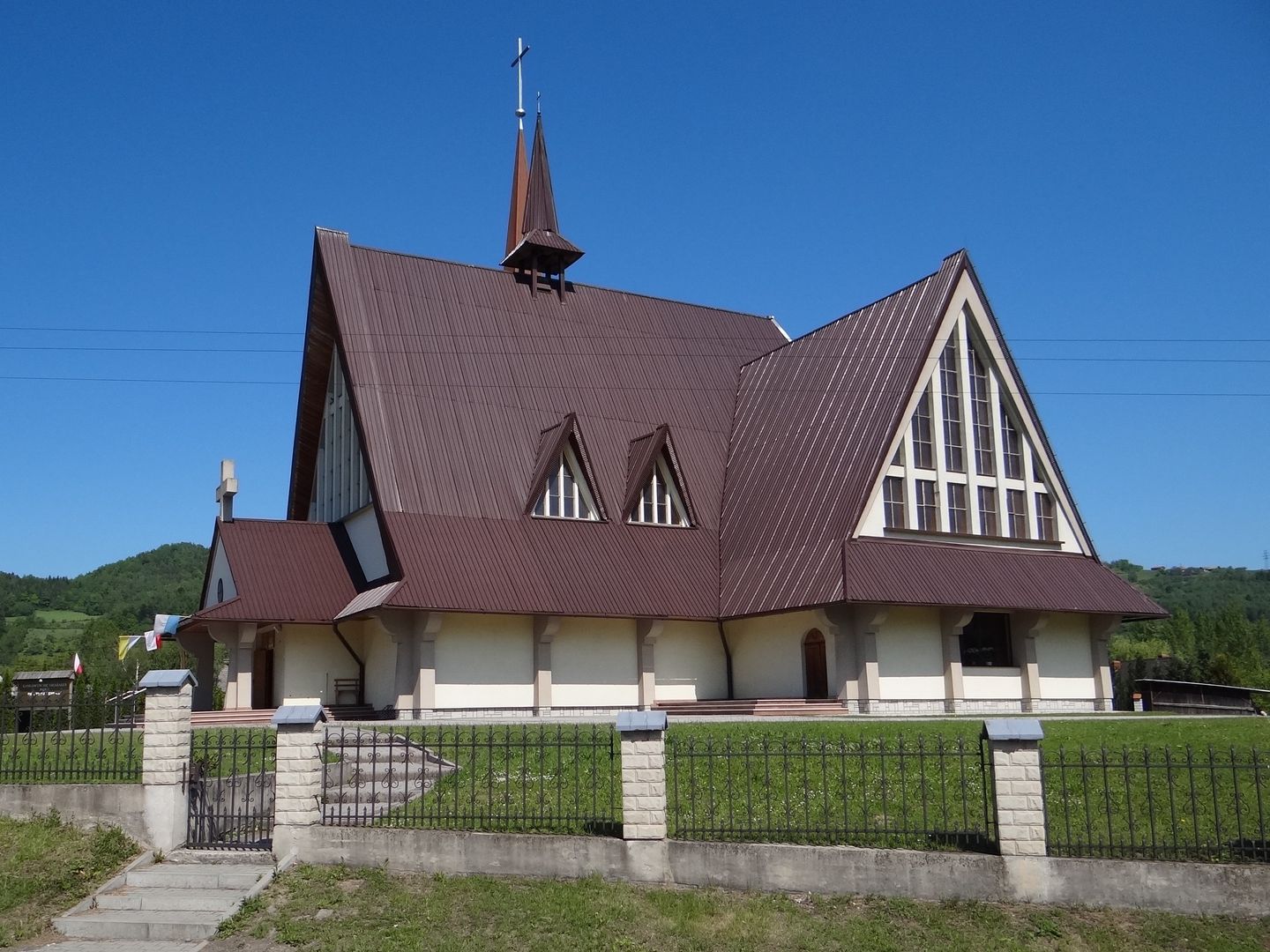Zabrzeż
6.13

Overview
Zabrzeż is a village in Poland, located on the border of the Beskid Wyspowy, Gorce, and Beskid Sądecki mountain ranges, in the Lesser Poland Voivodeship. It is situated at the confluence of the Kamienica Gorczańska River and the Dunajec River, lying at the intersection of important transportation routes connecting the "Zakopianka" road with the Dunajec Valley. The village has a rich history dating back to the Lusatian culture, as evidenced by the remains of a fortified settlement on Babia Góra, which dates to the Bronze Age (third period) and the early Iron Age. Zabrzeż was already known in the 13th century, with the earliest written mention of the village dating back to 1312. Historically, it served as a settlement point for Turkish prisoners of war and bandits. Together with its neighboring hamlets, the village was part of the Stary Sącz Convent of the Poor Clares until the partitions of Poland. In the 19th century, it became part of the Krościenko County. Today, it is a large holiday village and a center for fruit growing, primarily apples and plums. A notable landmark in Zabrzeż is the two-story chapel near the school, which once served as a warning point. Another significant site is Babia Góra, where a helpful elderly woman from the 15th century is commemorated, as well as an artificial whitewater kayaking course that attracts athletes and hosts international competitions. Zabrzeż is also the hometown of many artists and folk creators, including painters, poets, sculptors, and travelers such as Dariusz Pachut, who conquered the highest waterfall, Salto Ángel. The beatification of Sister Celestyna Faron of the Blessed Virgin Mary of Nazareth took place in Zabrzeż, underscoring the spiritual significance of this place in the context of the region's culture and history.
Location
2025 Wizytor | All Rights Reserved